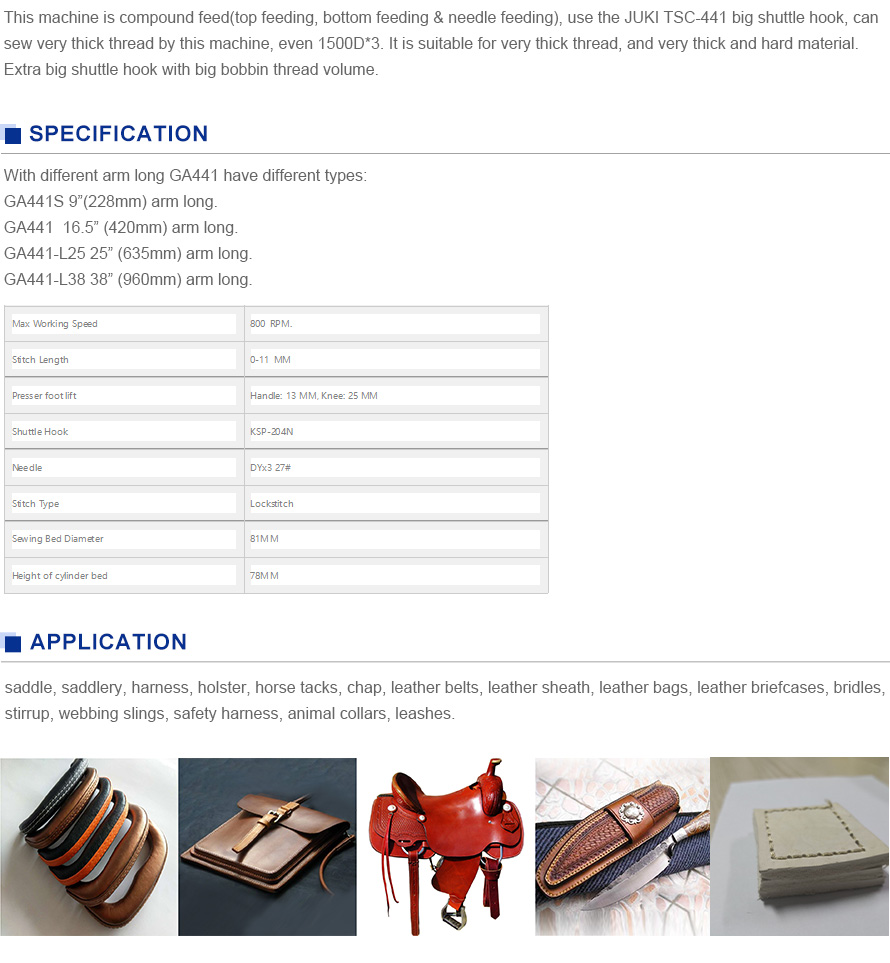what's the difference between a serger and an overlock machine
The Difference Between a Serger and an Overlock Machine
When it comes to sewing machines, two terms often used interchangeably are serger and overlock machine. While they share similarities and are designed to make your sewing tasks easier, they each have unique features that cater to different sewing needs. Understanding the difference between these machines can help you choose the right one for your projects.
Functionality
At their core, sergers and overlock machines are designed to finish the edges of fabric to prevent fraying and to provide a professional-looking seam. An overlock machine, generally, can create a multi-thread overlock stitch, which encases the raw edges of fabric. This is especially useful when working with stretchy fabrics such as knits or jerseys, as it allows the fabric to retain its elasticity.
A serger, on the other hand, often includes more features and capabilities. It not only performs the same functions as an overlock machine but also allows you to trim excess fabric while sewing, providing a clean finish. Many modern sergers can handle various stitch types, including cover stitches and chain stitches, making them versatile for different sewing projects.
Threading
Threading can also differ between the two. Overlock machines typically have a simpler threading system but can be more challenging for beginners to understand. Newer models often feature color-coded threading paths to ease the process. However, sergers, particularly advanced models, can have more complex threading tasks due to their ability to use multiple threads simultaneously, which can require a bit of practice to master.
what's the difference between a serger and an overlock machine

Design and Size
In terms of design, sergers tend to be bulkier and more sophisticated than standard overlock machines. They may come equipped with additional features such as differential feed, which helps in preventing fabric stretching or puckering, especially with lightweight or delicate materials. Due to their advanced capabilities, sergers are often preferred by professionals or serious hobbyists.
Cost
When budgeting for your sewing machine, it's essential to note that sergers often come with a higher price tag than basic overlock machines. This is due to their extensive functionality and the technology involved in their operation.
Conclusion
In summary, while sergers and overlock machines are closely related, they are not the same. If your sewing projects frequently involve knit fabrics or require edge finishing, an overlock machine can suffice. However, if you are looking for versatility and advanced features, a serger might be the better choice for your sewing needs. Understanding the differences can help you make a more informed decision, leading to better results in your sewing endeavors.
-
Industrial Cylinder Arm Sewing Machine: Revolutionizing Heavy-Duty SewingNewsJul.28,2025
-
Cylinder Arm Sewing Machine: Perfect for Special Sewing ApplicationsNewsJul.28,2025
-
Cylinder Bed Sewing Machine: Essential for Sewing Complex MaterialsNewsJul.28,2025
-
Heavy Duty Sewing Machine: The Essential Tool for Industrial ApplicationsNewsJul.28,2025
-
Computerized Pattern Sewing Machine: Revolutionizing Precision StitchingNewsJul.28,2025
-
Heavy Duty Industrial Sewing Machine: Power Meets PrecisionNewsJul.28,2025
-
Leather Sewing Machine: The Industrial Standard for Tough MaterialsNewsJul.18,2025





























